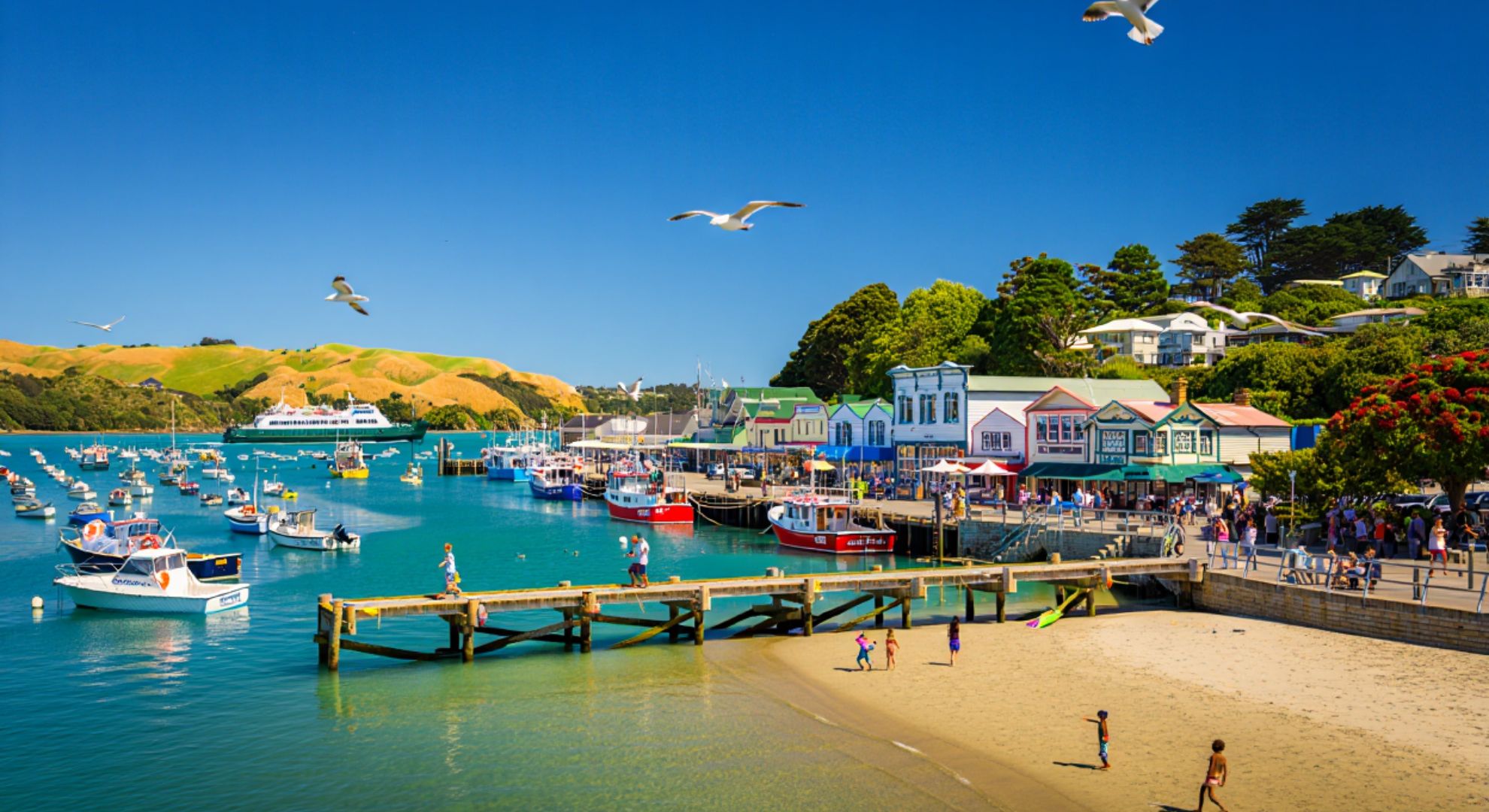For generations, humans have been drawn to the ocean, building vibrant communities where the land meets the water. Coastal towns symbolize leisure, trade, and the intertwining of nature’s beauty with human ingenuity. Today, these charming towns face an escalating threat not from within, but from the sea itself—a danger scientists are urgently warning about.
The Escalating Peril of Rising Seas
Rising sea levels are no longer a distant threat. According to researchers, certain regions could face regular flooding or even permanent submersion within the next few decades. This is not mere speculation. It is a future supported by a convergence of data on glacial melt, oceanic expansion due to warming, and ongoing coastal erosion.
Dr. Helena Morris, a climate scientist at the Global Oceanic Institute, emphasizes:
“We’re witnessing acceleration that decades ago we thought would take centuries. The science is clear—a number of beloved coastal towns may not exist as we know them by mid-century.”
A Comparative Snapshot: At-Risk Towns
Some communities will feel the brunt of these changes more than others. To better understand the scale, here’s a comparison of several prominent at-risk coastal towns, their current population, and estimated timeline for serious impact.
| Town | Country | Population | Year of Major Risk | Main Threat Type |
|---|---|---|---|---|
| Miami Beach | USA | 82,000 | 2040–2050 | Storm surges, tidal flooding |
| Venice | Italy | 250,000 | 2040–2050 | Submersion, groundwater loss |
| Alexandria | Egypt | 5,200,000 | 2050 | Saltwater intrusion, land loss |
| Ho Chi Minh City | Vietnam | 9,000,000 | 2045–2050 | River flooding, sea level rise |
| Newtok | USA (Alaska) | 380 | 2025–2030 | Erosion, village relocation |
This table shows not just the scale, but also the diversity of the risks: from dramatic city-wide flooding to the forced abandonment of entire communities.
Every Day Counts: Local and Global Impacts
As waters rise, the ripple effects go far beyond just water on the streets. Economies built on tourism, fishing, and heritage preservation are at stake. The very fabric of communities could unravel, with historic architecture, local biodiversity, and centuries-old ways of life facing destruction.
According to the United Nations, over 680 million people live in low-lying coastal areas globally. The dangers extend beyond physical loss: “We’re talking about a cascade of crises—food security, forced migration, cultural erasure,” notes environmental geographer Dr. Santiago Velez.
The Human Response: Adaptation or Exodus?
Communities are not facing this threat passively. Across continents, people are innovating and adapting—but the clock is ticking. Here are steps being taken by some of the world’s most vulnerable towns:
-
- Sea walls and surge barriers: Widely used in places like the Netherlands and New York.
-
- Restoring natural defenses: Mangroves, wetlands, and dunes are being replanted.
-
- Managed retreat: In some cases, entire populations are being relocated.
One striking example is the tiny town of Newtok, Alaska. Within a decade, its residents will become some of the world’s first “climate refugees,” their homes no match for the advancing river and relentless erosion.
Can We Still Change the Tide?
Climate models agree: reducing greenhouse gas emissions now could limit the extent of sea-level rise later. But action must be bold and immediate. Investments in sustainable infrastructure, community education, and international cooperation are crucial.
Residents everywhere, from grand historic cities to small fishing villages, face life-altering choices. Some may soon need to leave behind everything they know. As Dr. Morris warns:
“The next twenty years are about survival, adaptation, but also about charting a new relationship to the coastlines we cherish.”
Bold steps are possible—and necessary—if today’s picturesque seaside towns are to be more than a distant memory by 2050. The world’s attention, and its resources, must turn to preserving both the land and the lives tethered to the tides.
